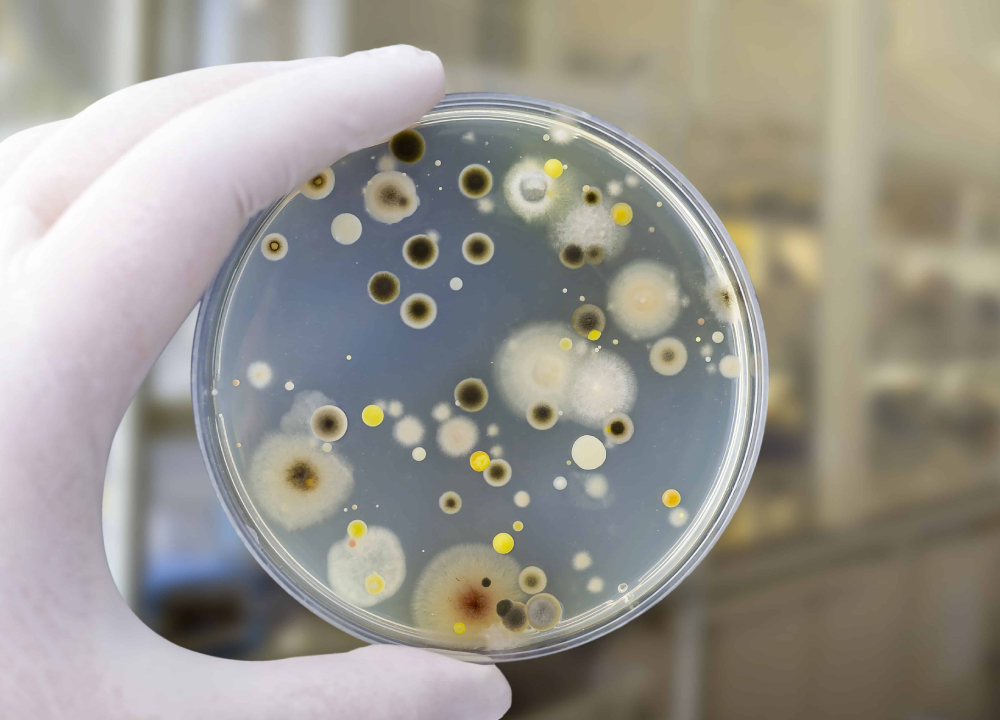Uninvited Guest After the Storm: How Water Damage Breeds Mold
Water damage can cause significant distress, yet the issues often extend beyond the surface. Mold, a fast-growing fungus, can easily take root in damp environments, posing a significant health risk to your home and family.
Beyond the initial repairs, there is the potential for a hidden danger to lurk: mold. Mold spores are always present in the air, but they require moisture to grow. A water leak or flood creates the perfect environment for mold to take root, putting your home and health at risk.
Understanding why mold thrives after water damage is crucial for taking preventative measures and ensuring a safe living environment.
Why Does Mold Grow After Water Damage?
Mold spores are present almost everywhere, indoors and outdoors. However, they require moisture to germinate and grow. Water damage creates the perfect breeding ground for mold spores, providing them with the necessary moisture to flourish.
Here's a closer look at the factors that contribute to mold growth after water damage:
Moisture Source: Any lingering moisture from the water damage event, such as from soaked carpets, walls, or ceilings, provides a breeding ground for mold spores.
Porous Materials: Mold thrives on porous materials like drywall, wood, and carpeting that can absorb and retain moisture for extended periods.
Warm Temperatures: Mold growth is accelerated in warm and humid environments. Homes with high humidity levels are particularly susceptible to mold problems after water damage.
The Warning Signs of Mold Growth
If you suspect mold growth in your home after water damage, there are a few warning signs to look for:
Visible mold: Mold can appear in a variety of colors, including black, green, brown, and white. It may grow in patches on walls, ceilings, floors, or furniture.
Musty odors: A musty or earthy smell is a common sign of mold growth.
Respiratory problems: If you experience coughing, wheezing, or difficulty breathing after a water damage event, it could be due to mold exposure.
Health Risks of Mold Exposure
Mold exposure can lead to a variety of health problems, including:
Respiratory problems: Mold spores can irritate the respiratory system, causing coughing, wheezing, and difficulty breathing.
Allergic reactions: People with allergies or asthma may experience worsened symptoms due to mold exposure.
Skin irritation: Direct contact with mold can cause skin irritation, redness, and itching.
Taking Action to Prevent Mold Growth
The key to preventing mold growth after water damage is prompt action. Here are some crucial steps to take:
Address the Water Source: The priority is to identify and address the source of the water damage. This may involve repairing leaky pipes, fixing roof leaks, or addressing any other source of moisture intrusion.
Dry Out the Affected Area: Promptly drying out the affected area is essential. Open windows and doors to promote ventilation and use fans and dehumidifiers to accelerate the drying process.
Remove Mold-Infested Materials: In some cases, heavily mold-infested materials like drywall or carpeting may need to be removed and replaced to prevent further mold growth.
Don't Let Water Damage Become a Mold Problem
Water damage can be stressful, but by acting quickly and taking the necessary steps to dry out the affected area and prevent mold growth, you can protect your home and your family's health. If you suspect mold growth after water damage, it's crucial to consult with a professional mold remediation company to assess the situation and recommend the best course of action.
For more information on mold remediation and how to protect your home from mold growth after water damage, visit dangersofmold.com for more info.




Comments
Post a Comment